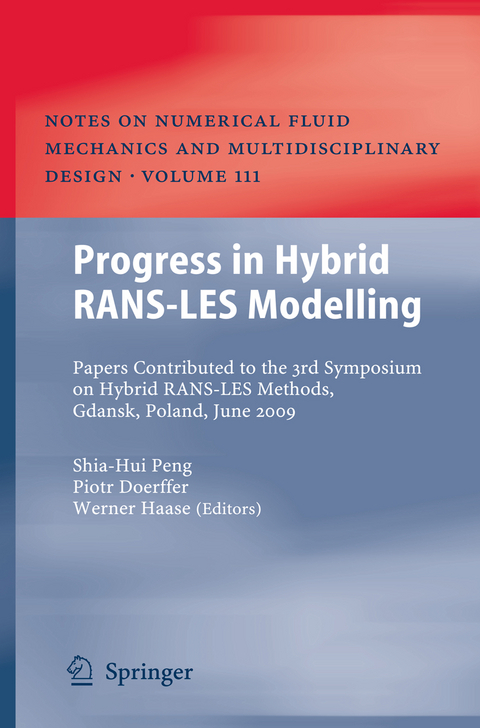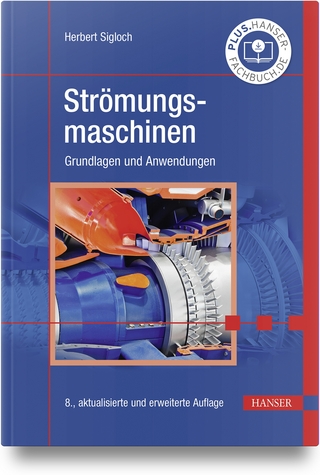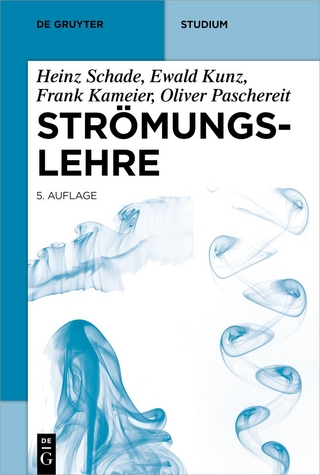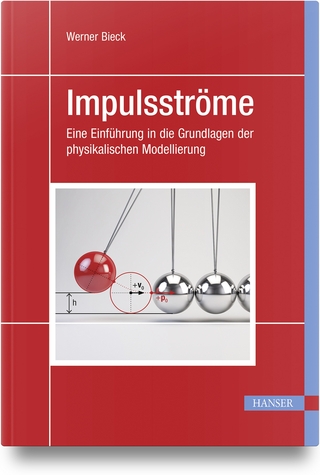
Progress in Hybrid RANS-LES Modelling
Springer Berlin (Verlag)
978-3-662-50661-5 (ISBN)
Hybrid RANS-LES Modelling: How to Proceed? The Round Table Forum Discussion.- Hybrid RANS-LES Modelling: How to Proceed? The Round Table Forum Discussion.- Invited Keynote Papers.- Reflections on RANS Modelling.- Flow Modelling in Aircraft Design - An Engineering Perspective.- Investigation of Practical Flow Control Methodologies with RANS/LES Hybrid Methods.- Advanced DES Methods and Their Application to Aeroacoustics.- DES Modelling Approach and Its Variants.- Detached-Eddy Simulation of Supersonic Separated Flows.- Evaluation of Time Sample and Span Size Effects in DES of Nominally 2D Airfoils beyond Stall.- Initial RANS and DDES of a Rudimentary Landing Gear.- Detached Eddy Simulation of Turbulent Flow in a Highly Offset Intake Diffuser.- DES for UCAV Weapon Bay Flow.- Control of the Unsteady Flow Inside the SOFIA Telescope Cavity by Means of a Porous Fence.- Zonal-Detached Eddy Simulation of a Civil Aircraft Engine Jet Configuration.- Assessment of DES on the Flow after a Snow-Flake Orifice.- Detached-Eddy Simulations Applied to Unsteady Crosswind Aerodynamics of Ground Vehicles.- Destabilizing Free Shear Layers in X-LES Using a Stochastic Subgrid-Scale Model.- Prediction of Transonic Buffet around a Wing with Flap.- Non-DES Type Hybrid RANS-LES Modelling Approaches.- RANS/LES Simulation of a Separated Flow in a 3D Curved Duct.- A New Partially Integrated Transport Modelling (PITM) Method for Continuous Hybrid Non-zonal RANS/LES Simulations.- A Hybrid RANS-LES Model Based on Temporal Filtering.- Scale-Adaptive Simulation with Artificial Forcing.- RDDES for Strong Shock-Wave/Boundary Layer Interaction.- Hybrid RANS/LES of Plane Impinging Jets with k-? Based Models.- LES Modelling Approaches.- Large Eddy Simulations: Wall Functions with Forcing Given byBackscatter from a Scale-Similarity Model.- LES of the Non-isothermal Flow in Rotating Cavity.- Comparison of Different Modelling Approaches.- Turbulence Modelling for Supersonic Separated Flows.- Evaluation of Hybrid RANS-LES Models in Ventilated Enclosures.- Experimental and Numerical Investigation of Transonic Bump Flow.- Comparison of Hybrid RANS-LES Calculations within the Framework of Compressible and Incompressible Unstructured Solvers.- EU Projects in relation to hybrid RANS-LES Approaches.- Description of Test Section and Measurement in a Nozzle for Shock Upstream Mach Number M=1.45.- UFAST Project - Unsteady Effects in Shock Wave Induced Separation.- From FLOMANIA via DESider to ATAAC.- Short Communications.- Scrutinizing a Seamless Hybrid LES/RANS Approach for Turbomachinery Applications.- Turbulent Flow Modeling via Galerkin Method and Finite Time Thermodynamics.
| Erscheinungsdatum | 18.06.2016 |
|---|---|
| Reihe/Serie | Notes on Numerical Fluid Mechanics and Multidisciplinary Design |
| Zusatzinfo | XII, 360 p. |
| Verlagsort | Berlin |
| Sprache | englisch |
| Maße | 155 x 235 mm |
| Gewicht | 575 g |
| Themenwelt | Naturwissenschaften ► Physik / Astronomie ► Strömungsmechanik |
| Technik ► Maschinenbau | |
| Schlagworte | Buffet • Detached-Eddy Simulation • Development • fluid- and aerodynamics • Large Eddy Simulation • Model • Modeling • RANS-LES • Simulation • thermodynamics • Transport |
| ISBN-10 | 3-662-50661-0 / 3662506610 |
| ISBN-13 | 978-3-662-50661-5 / 9783662506615 |
| Zustand | Neuware |
| Haben Sie eine Frage zum Produkt? |
aus dem Bereich


